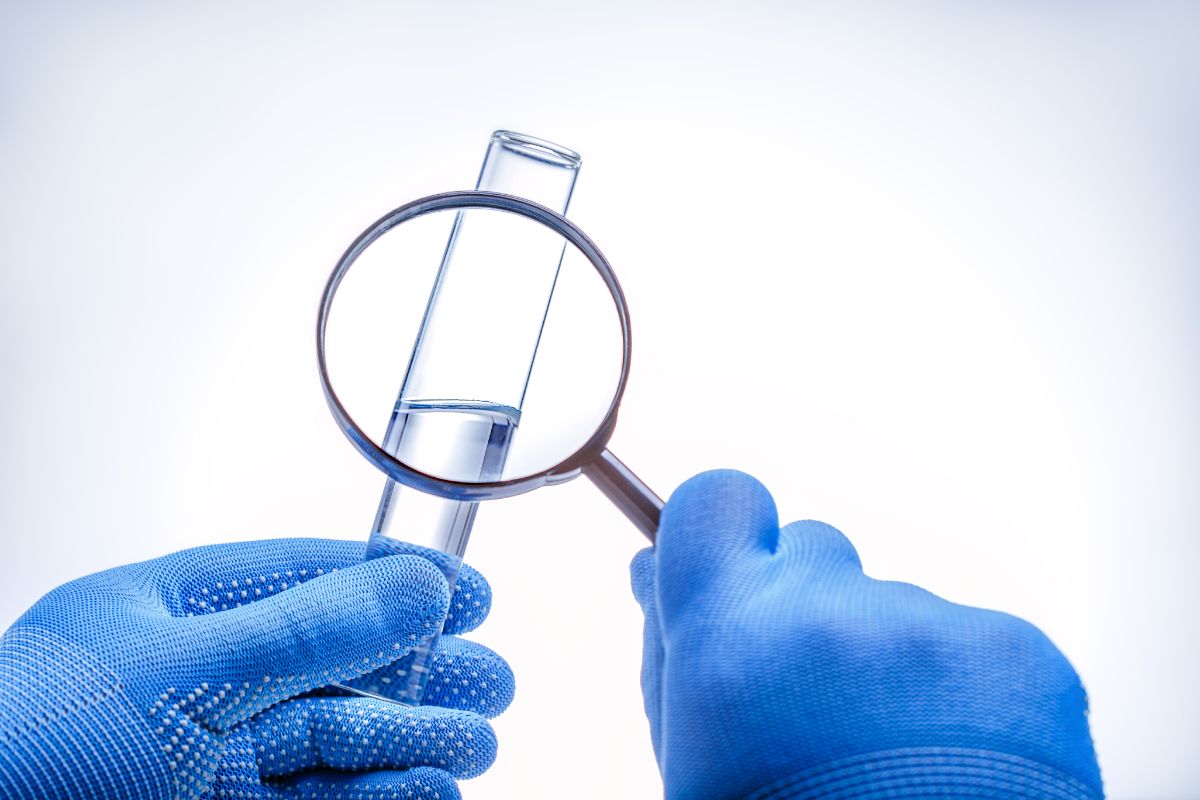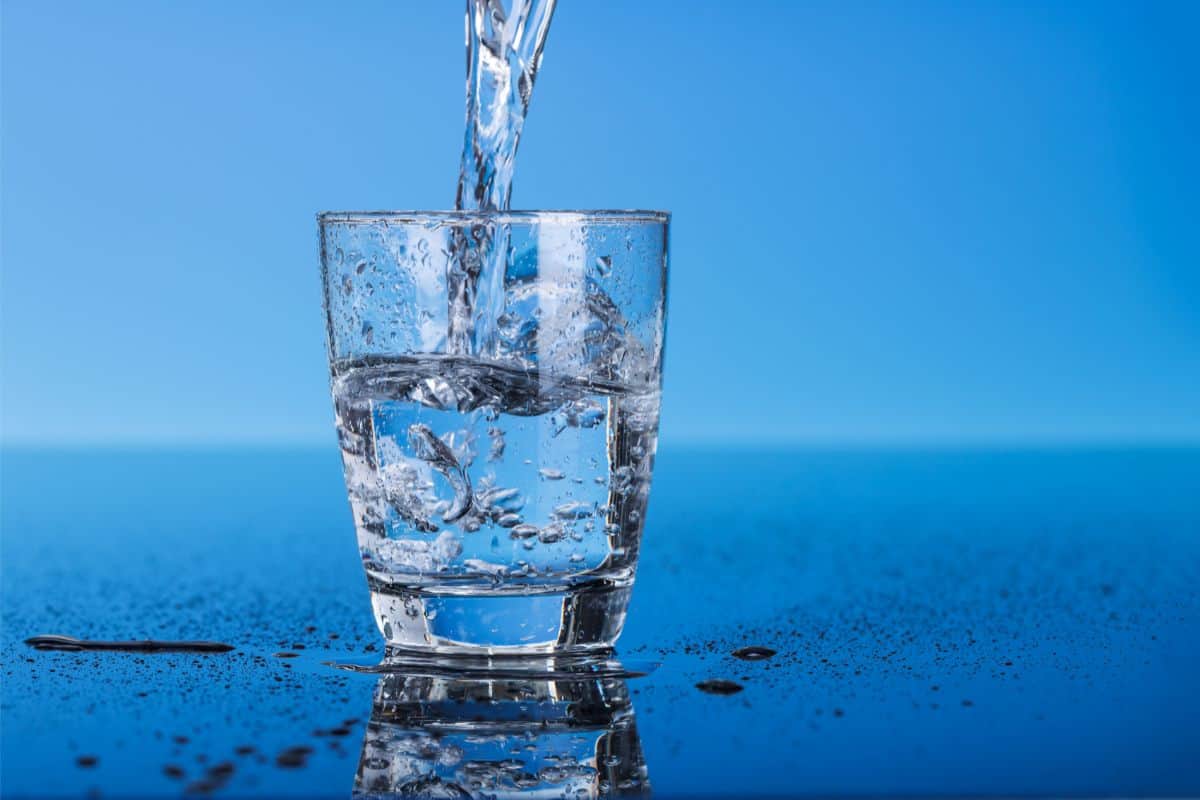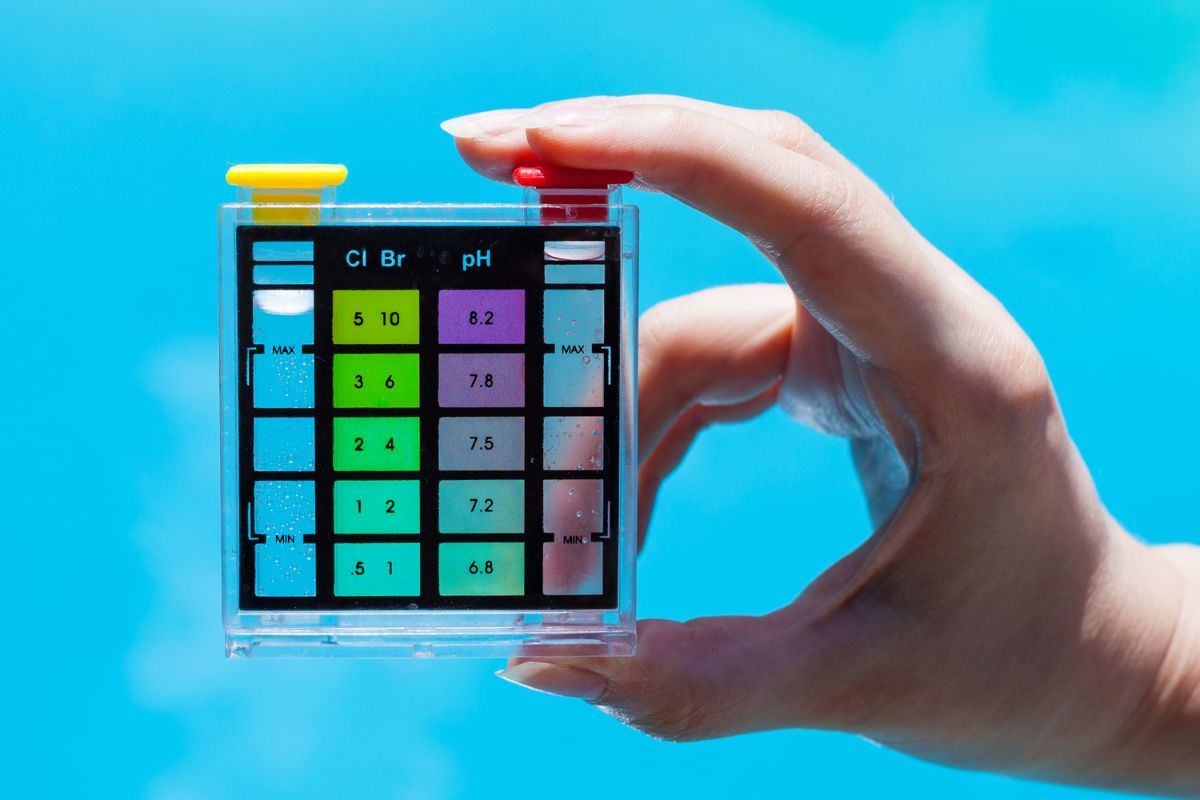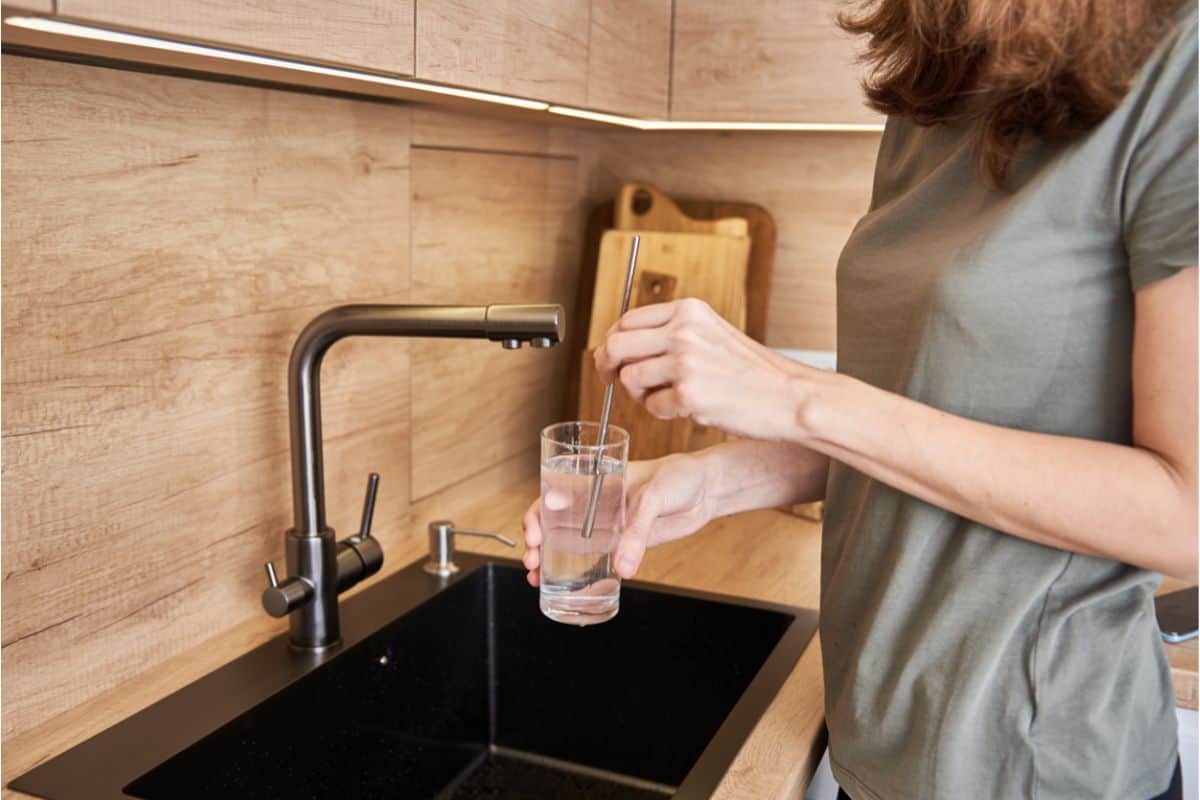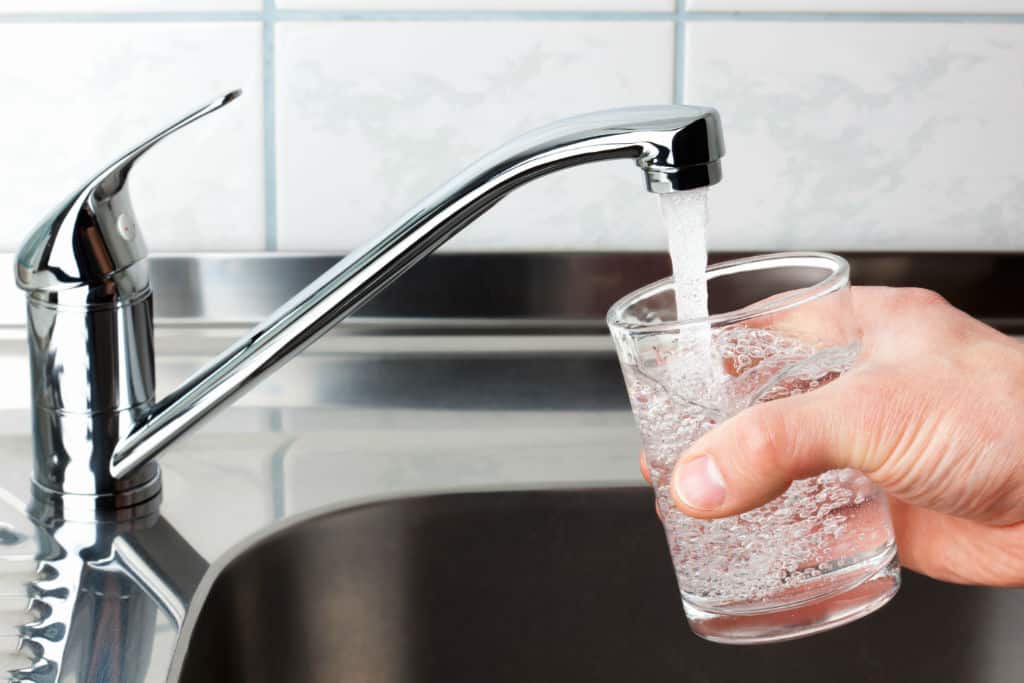It is very dangerous for there to be lead in your water supply, especially if young developing children drink it. You need to take immediate action as soon as you find out there is lead in your water.
Our guide below will tell you what to do if there is lead in your water, first showing how you can determine how much lead there is in your water. After that, you will need to perform a solution: either replacing your pipes or using a filter.
Contents
Which US cities have lead in water?
The EPA states that contaminated water can be a serious health concern and that public health officials must take immediate action to ensure safety. Thousands of cities are struggling with the issue of lead and copper levels in their drinking water. Some communities do not have enough staff to conduct mandatory inspections. Furthermore, high levels of lead have been found in tap water in Baltimore, Chicago, Detroit, Milwaukee, Newark, New York City, Pittsburgh, and Washington, D.C.
Determining how much Lead is in your water
The first thing you need to do when you think there is lead in your water is to find out how much there is – which means that you will need to get it tested.
Contacting a lab
To arrange this, phone your local government and ask which labs they have for testing water. Each state has a branch of the Environmental Protection Agency, which is formed for problems such as this and will have your answers.
Making samples for testing
Once you have the information about a lab for water testing, you will need to collect samples of your water. The first sample needs to be a first-draw one, which means that it’s water that has been sitting in your pipes during the night time and into the next day.
As soon as you get up in the morning, take a bottle and fill it with this water. Do not let the water run or stop beforehand.
The second sample is going to be running water, which is the term for water that hasn’t been sitting in your pipes for a long time. Turn your cold water faucet on and let it run for a couple of minutes before getting another bottle and filling that.
Once you’ve got your samples, you need to take them to your water lab. The lab will run tests on your samples and get back to you with a result about how much lead there is in your water. With their answer in mind, you’ll know what action you need to take – continue reading to find out.
Taking action
There are a variety of different ways you can fix the dangerous problem of lead in your water.
Flushing your pipes
If the lab’s answer stated that your water has just trace amounts of lead in it (less than 15 µg/L) from sitting in the pipes, then you can flush your pipes to remove them again and again. It is not a permanent solution, though, because you will need to do it every time that you want some water.
Flushing should only be done with your cold tap since hot water will melt lead and mix with it. If you need water to cook with, boil cold water that you’ve flushed from cold faucets.
To flush your pipes, turn your cold faucet on and let it run for two minutes. This should flush out all the water that had collected lead in it. However, when you run water from a faucet, you’re only flushing the pipes that go to that specific faucet.
This means that you will need to flush every faucet that you use, every time that you use it. If you go back for another drink, you’ll need to let the water run for two minutes again.
A good way to get around this frustrating fact is to store up some water. If you clean out some old bottles with soap and rinse them, you can then use them to store up water from flushed pipes, before leaving them in your refrigerator.
However, you will only be able to store so much for so long. If you have stored water for longer than 6 months, throw it out.
Different water treatments
These are actions you should undertake if the lab tells you there is more than 15 µg/L of lead in your water.
Reverse Osmosis
Reverse Osmosis is an effective method and known as a point-of-use treatment, though it is expensive and wastes water. However, it is still worth it. Their filters must be replaced periodically – read the manual of your model to find out how regularly.
Filters
These are cheaper and can fit right over the end of the faucet if you buy a faucet filter, which filters your water immediately.
However, you will need to run cold water for five minutes the very first time that you use it. You can also get filters that go under your sink.
Distillers
These separate the lead over time and collect the clean water. Make sure that you only buy one approved by the Water Quality Association, because others may not do enough.
Whichever you pick, always study and follow the instruction manual.
Replacing the Lead in your plumbing
This is an even more thorough approach for when you have old lead in the system. You need to hire a professional on the local government’s recommendation, and they’ll find the sources. If you have a well, get someone who specifically covers them.
When the professional has found the source, all the copper pipes will need to be removed, as well as the lead solder. A plumber will need to do this because it needs to be done correctly. It will likely cost thousands of dollars, but it’s important for your health.
Once they’ve removed the bad parts, they’ll put in new PEX or PVC pipes, which will not pose a lead risk. For peace of mind, then send off some more water tests to the lab to check.
Final Thoughts
For your health, you should check whether there is lead in your water. Follow our steps carefully – and if in doubt, always contact a professional and follow their opinion.
